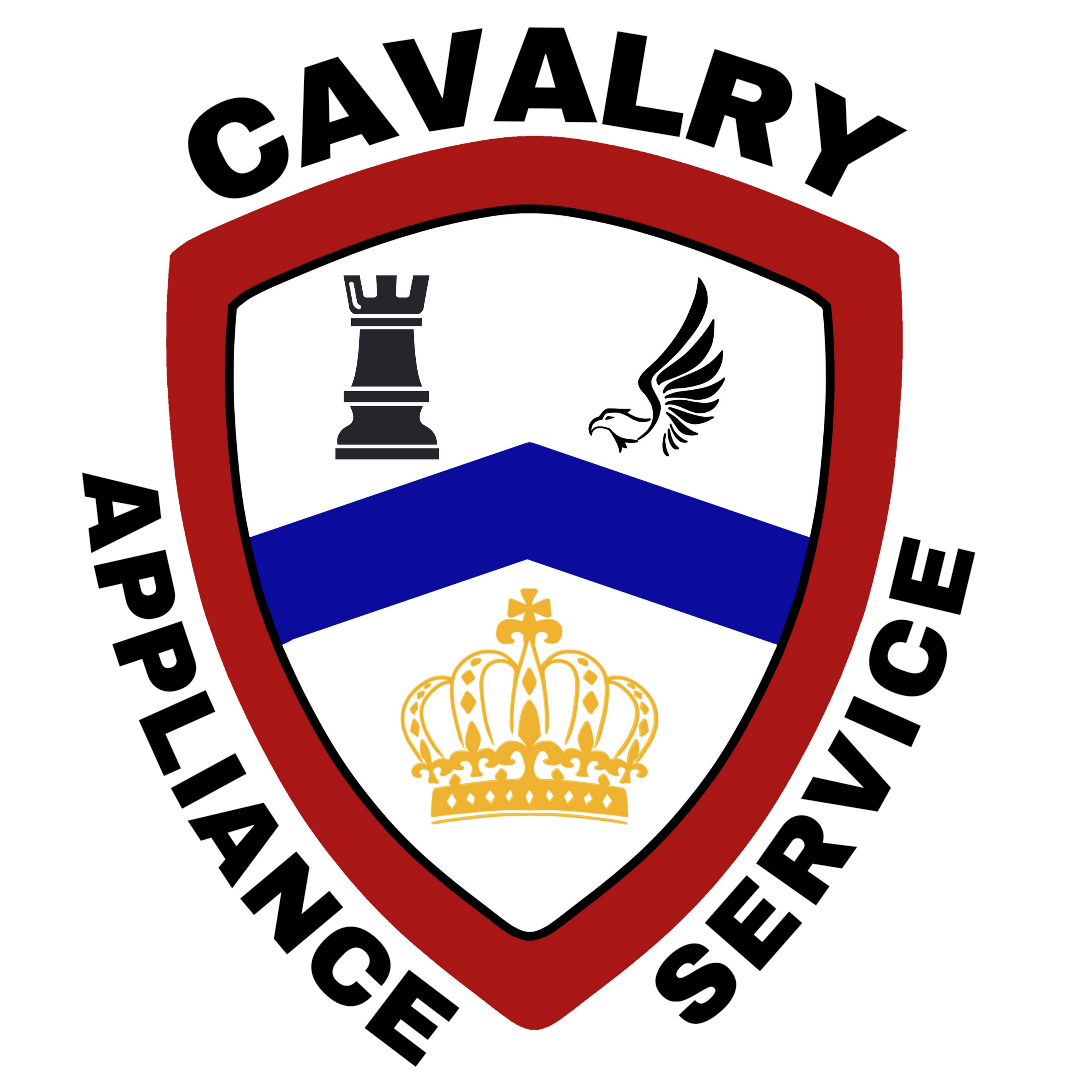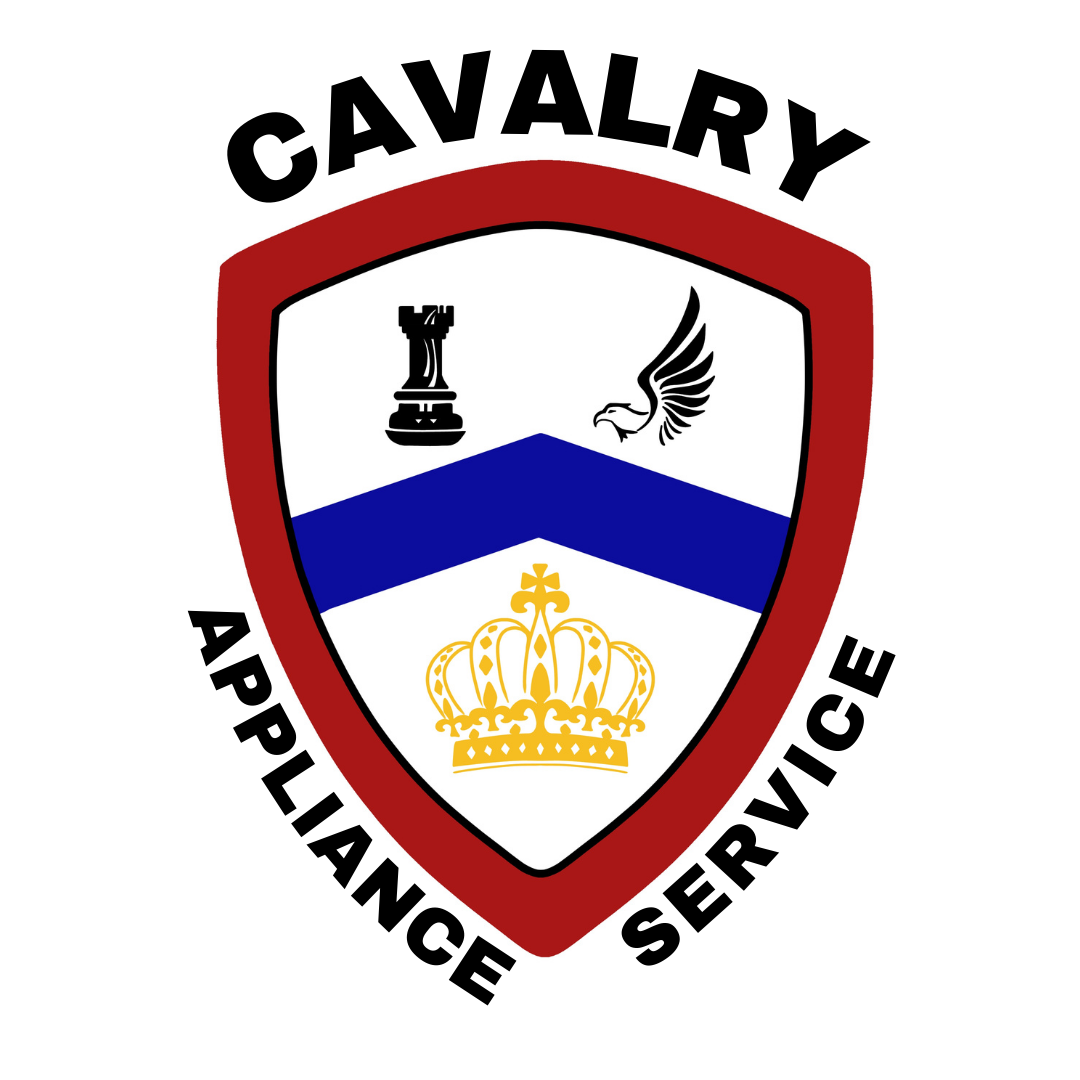What to do when Your Washer or Dishwasher Won't Drain
Experiencing a washer or dishwasher that won't drain can be quite frustrating. Not only does it halt your daily routine, but standing water can also be a breeding ground for smells and bacteria. While Cavalry Appliance Service is always ready to help with your appliance repair needs, there are a few simple steps you can take to address minor issues on your own. This can save you the cost of a service call and get your appliance back up and running quickly. In this Blog post, we'll share some easy troubleshooting tips for both washers and dishwashers.
For the Washer
Removing Standing Water
Before attempting any fixes, you'll want to remove the standing water from your washer. Here’s how to do it:
Turn off the power: Safety first! Make sure to unplug your washer from the electrical outlet.
Use towels and buckets: Place towels around the washer to soak up any spills. Use a bucket to scoop out the water inside the drum. If you have a wet/dry vacuum, it can be very effective in removing water quickly.
Lower the drain hose: If there’s still water, lower the drain hose into a bucket to let gravity do the work. The hose should be lower than the washer drum to allow water to flow out. Note: This only works on units with a lower drain hose. If your drain hose is at the top of the unit, you won’t be able to use this trick.
Troubleshooting Tips
Here are some things you can check to resolve the draining issue:
Check the drain hose: Ensure that the drain hose is not kinked or blocked. Straighten it if needed and look through it to make sure there are no obstructions.
Inspect the pump filter: Some washers have a small pump filter located near the bottom front. Open the cover (consult your manual for specifics) and clear any debris or objects caught in the filter.
Look for clogs in the drain: Sometimes, the house drain could be clogged, affecting your washer. Check if other drains in your home are working properly.
For the Dishwasher
Removing Standing Water
Just like with the washer, you’ll need to remove the water from your dishwasher first:
Turn off the power: Ensure safety by unplugging the dishwasher or turning off the power at the circuit breaker.
Scoop out water: Use a cup or small container to scoop the water into a bucket. Towels will help manage any overflow or spills.
Utilize a wet/dry vacuum: If you have one, a wet/dry vacuum is excellent for removing the remaining water from the dishwasher bottom.
Troubleshooting Tips
Once the water is out, try these steps to fix the draining issue:
Check the drain hose: Like with the washer, ensure the dishwasher’s drain hose isn’t kinked or blocked. This is a common issue that can prevent water from draining.
Clean the filters: Dishwashers typically have filters at the bottom to catch food particles and debris. Remove and clean these filters thoroughly to prevent blockages.
Examine the garbage disposal: If your dishwasher drains through the garbage disposal, make sure the disposal is clear and running properly. Sometimes, clogging here can back up the dishwasher. Remember, NEVER *EVER* reach into your garbage disposal with your hands- they can easily mangle your hand! Always use a tool to remove items from your disposal.
When to Call a Professional
If after trying these steps, your appliances are still not draining, it might be time to call in the experts. This could indicate a more serious issue that requires professional tools and skills.
Cavalry Appliance Service is here to help with experienced technicians who can diagnose and repair your appliance quickly and efficiently. Just dial 252-772-1264, and we’ll take care of the rest!
Remember, it's always better to deal with appliance issues sooner rather than later to prevent further damage and more costly repairs.

